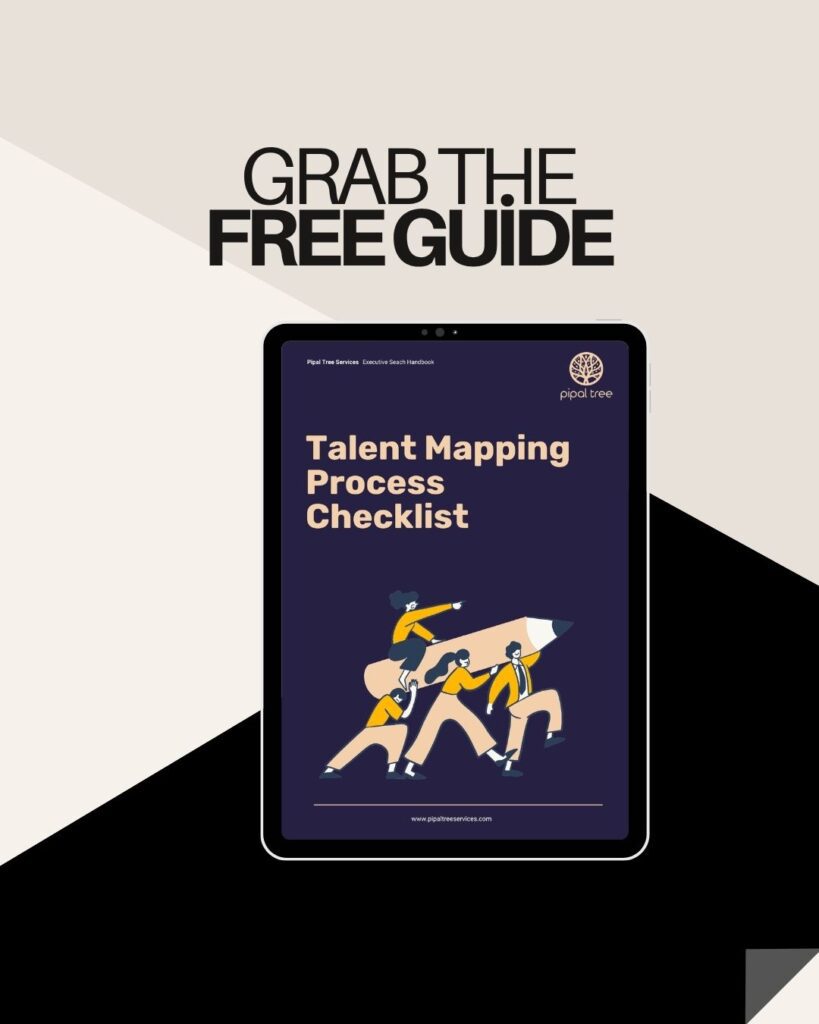The role of the CEO has always been defined by leadership, vision, and decision-making. But as artificial intelligence (AI) reshapes industries at a speed few anticipated, what it means to lead a company is undergoing a profound transformation.
From Leadership to Tech-Enabled Stewardship
McKinsey estimates that around 25% of a CEO’s time is spent on tasks that machines or AI could take on – reviewing performance dashboards, sending high-level communications, forecasting trends.
As automation takes over these routine tasks, CEOs gain something far more valuable than efficiency: time to think, communicate, and inspire.
The next generation of leaders are using that time to focus on what machines can’t replicate — context, judgment, empathy, and meaning. AI may process data, but it takes a human leader to turn insight into action and strategy into purpose.
We’re seeing this shift already across industries. Manchester United, for instance, now uses AI to enhance performance insights — a clear example of how advanced analytics are guiding elite-level decision-making. But while the technology assists, it’s still the leadership that interprets, calibrates, and steers.
AI as a CEO’s Strategic Partner
Many organizations have already adopted AI tools — automating processes, optimizing workflows, and accelerating decisions. Yet, few have truly leveraged AI for competitive advantage.
To unlock that potential, CEOs must look beyond cost savings and operational gains. They must reimagine how their organizations create value.
AI can help CEOs:
- Reshape core workflows to drive agility and responsiveness.
- Transform customer experiences through personalization at scale.
- Create entirely new products or business models built on unique data, insights, or relationships.
This isn’t about adding an algorithm to an old process — it’s about reinventing the process itself.
The AI Forward CEO: A New Kind of Leadership
The most successful CEOs today are already leaning in.
They are:
- Asking hard questions about what AI means for their industry’s future.
- Pushing beyond automation into AI-powered innovation — using GenAI and agentic systems to reimagine core functions.
- Leading teams that don’t just “adopt” AI, but experiment with it, build confidence, and scale what works.
In some cases, these shifts are unlocking hundreds of millions in new value — not from incremental gains, but from entirely new ways of serving customers and creating impact.
AI is not replacing the CEO; it’s expanding the CEO’s reach — giving leaders a new lens through which to steer, strategize, and connect.
Why Many Companies Are Still Stuck
Despite the hype, most companies are still in the experimentation phase of AI. Not because the technology isn’t ready — but because leadership isn’t.
AI transformation isn’t purely technical; it’s cultural. It demands risk tolerance, clarity of purpose, and a willingness to lead through ambiguity.
In many boardrooms, bold ideas stall due to bureaucracy, fear of failure, or short-term financial pressures. There’s no clear “chief reimagineer” in the org chart — and innovation, by default, becomes no one’s job. In times of economic uncertainty, the appetite for risk narrows. Yet, paradoxically, this is when transformational bets matter most.
"AI won’t replace CEOs. But CEOs who fail to adapt — who see AI as a side project rather than a leadership imperative — risk being left behind. The leaders who thrive will be those who see technology not as a disruptor, but as a partner in reinvention."
Rahul Bahuguna, Driector Tweet
A Lesson from L’Oréal: Listening + Boldness = AI Impact
A powerful example comes from L’Oréal, which combined consumer insight with AI to reinvent the beauty experience. Shoppers in beauty often face overwhelming choices with little personalized guidance. L’Oréal identified an opportunity and built Beauty Genuius, an AI-powered, always-on virtual advisor.
The platform uses:
- Vision AI for selfie-based analysis,
- GenAI for personalized recommendations, and
- Behavioral data to tailor advice over time.
As Othman Bennis, L’Oréal’s Chief Digital and Marketing Officer, put it: “It was a dream to bring service to a self-service world.”
The results speak volumes: Beauty Genius reached 10+ million consumers and drove 30–70% higher engagement rates than static content. That success didn’t come from AI alone — it came from a CEO culture that encourages bold experimentation, customer empathy, and reimagining what’s possible.
Leading AI Transformation: What Great CEOs Do Differently
AI leadership is not about technical mastery. It’s about creating the conditions where AI can flourish.
Here’s how forward-thinking CEOs are doing that:
- Create the Right Incubation Space
Innovation needs room to breathe. CEOs must carve out protected space for AI initiatives — where experimentation is encouraged, failure is accepted, and learnings are shared. - Structure AI Ambition Like a Portfolio
Treat AI not as a one-time project, but as a series of strategic bets. Some drive immediate value; others build capability and insight for the long game. - Run Continuous Test-and-Learn Loops
Move fast, learn faster. Test, refine, deploy — and repeat. The goal is to make iteration part of the culture, not a phase. - Invest in Talent and Learning Early
The greatest AI advantage isn’t the algorithm — it’s the people who understand how to apply it. CEOs must build AI fluency across the organization, not just in the data science team. - Think Beyond Feasibility
The most transformative ideas often sound unrealistic at first. Encourage teams to explore what feels impossible today — because in this era, feasibility changes overnight.
From Leading with Certainty to Leading with Curiosity
The CEOs who will define this decade are those who can shift their mindset — from leading with answers to leading with curiosity.
AI is not a passing trend. It’s an enduring shift in how we make sense of complexity, opportunity, and value.
In this new era, the CEO’s greatest role is not to control every variable, but to guide the organization through intelligent uncertainty — with courage, empathy, and imagination.
The Bottom Line
AI won’t replace CEOs, well atleast for some years.
But CEOs who fail to adapt — who see AI as a side project rather than a leadership imperative, risk being left behind. The leaders who thrive will be those who see technology not as a disruptor, but as a partner in reinvention. Because in the age of AI, leadership is no longer about being the smartest person in the room. It’s about being the most adaptive.

Rahul Bahuguna
“With over two decades of experience across executive search, digital strategy, and business consulting, Rahul brings a unique entrepreneurial perspective as Director of Pipal Tree Services. At Pipal Tree, Rahul leverages his background in strategy, market intelligence, and digital transformation to guide mission-aligned executive search and board mandates. He specializes in building long-term client partnerships, leading complex leadership searches, and shaping Pipal Tree’s distinct positioning at the intersection of talent and purpose. His ability to combine strategic insight with practical execution makes him a trusted advisor to organizations seeking leaders who can drive meaningful, sustainable change.”



